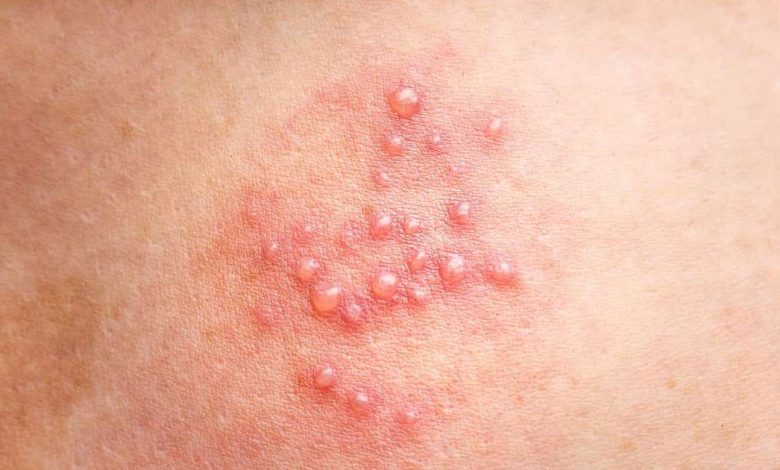Cutaneous, Blisters, blisters on the skin: what is this, causes, symptoms, diagnostics, treatment, prevention

Vesicles; Blisters
What is a vesicle?
A vesicle is a small blister, fluid-filled, which can form anywhere on the body. They are often caused by infection, skin inflammation or damage.
Vesicles can be painful and uncomfortable, but they usually go away on their own within a few days or weeks. However, in some cases, vesicles may be a sign of a more serious underlying condition., and it is important to seek medical attention, if you experience any unusual or persistent symptoms.
Causes of the appearance of vesicles
Vesicles can be caused by various conditions. The most common causes are infections, such as chicken pox, shingles and herpes simplex virus.
Other possible causes include allergies, autoimmune diseases and skin injuries. Allergic reactions can cause vesicles to form in response to an allergen, like pollen, dust or food.
Autoimmune diseases, such as lupus and dermatomyositis, can also cause vesicle formation. Skin injury, such as a burn or cut, can also cause vesicle formation.
Vesicle symptoms
Vesicles usually look like red bumps on the skin, but may also appear on mucous membranes. They may be filled with a clear liquid or a thick, yellowish-white substance.. Surrounding skin may be red and swollen. Vesicles may be itchy or painful.
When to contact a healthcare professional
If you have any of the above symptoms, it is important to see a doctor. Your doctor can determine the cause of the vesicles and prescribe treatment, to help relieve symptoms.
Diagnosis of vesicles
Your doctor will conduct a physical examination, to determine the cause of blisters. The doctor may also order laboratory tests., such as a blood test or skin biopsy. A skin biopsy can help determine, whether the vesicles are caused by an infection or an autoimmune disease.
Vesicle treatment
Treatment for vesicles depends on the cause.
When infections, such as chicken pox, the doctor may prescribe antiviral drugs.
For allergies, a doctor may recommend antihistamines or other medicines to reduce the allergic reaction..
For autoimmune diseases, a doctor may prescribe immunosuppressants to reduce the body's immune response..
If the skin is injured, the doctor may recommend cleaning the wound and applying topical antibiotics..
Home treatment for vesicles
In addition to medical treatment, there are some home treatments, which can relieve the symptoms of vesicles. These include keeping the area clean and dry, applying cool compresses and avoiding scratching and picking the blisters. If the bubbles itch, your doctor may recommend using a mild steroid cream.
Prevention of vesicles
There are several steps, you can take, to prevent the formation of vesicles.
These include avoiding contact with allergens and irritants, like pollen and dust, and avoiding contact with infected people.
It is also important to follow the rules of hygiene, clean and dress any wounds. If you have an autoimmune disease, it is important to follow the doctor's recommendations for the treatment of this condition.
Used sources and literature
Dinulos JGH. Vesicular and bullous diseases. In: Dinulos JGH, ed. Habif’s Clinical Dermatology. 7th ed. Philadelphia, PA: Elsevier; 2021:chap 16.
Marks JG, Miller JJ. Vesicles and bullae. In: Marks JG, Miller JJ, eds. Lookingbill and Marks’ Principles of Dermatology. 6th ed. Philadelphia, PA: Elsevier; 2019:chap 10.
